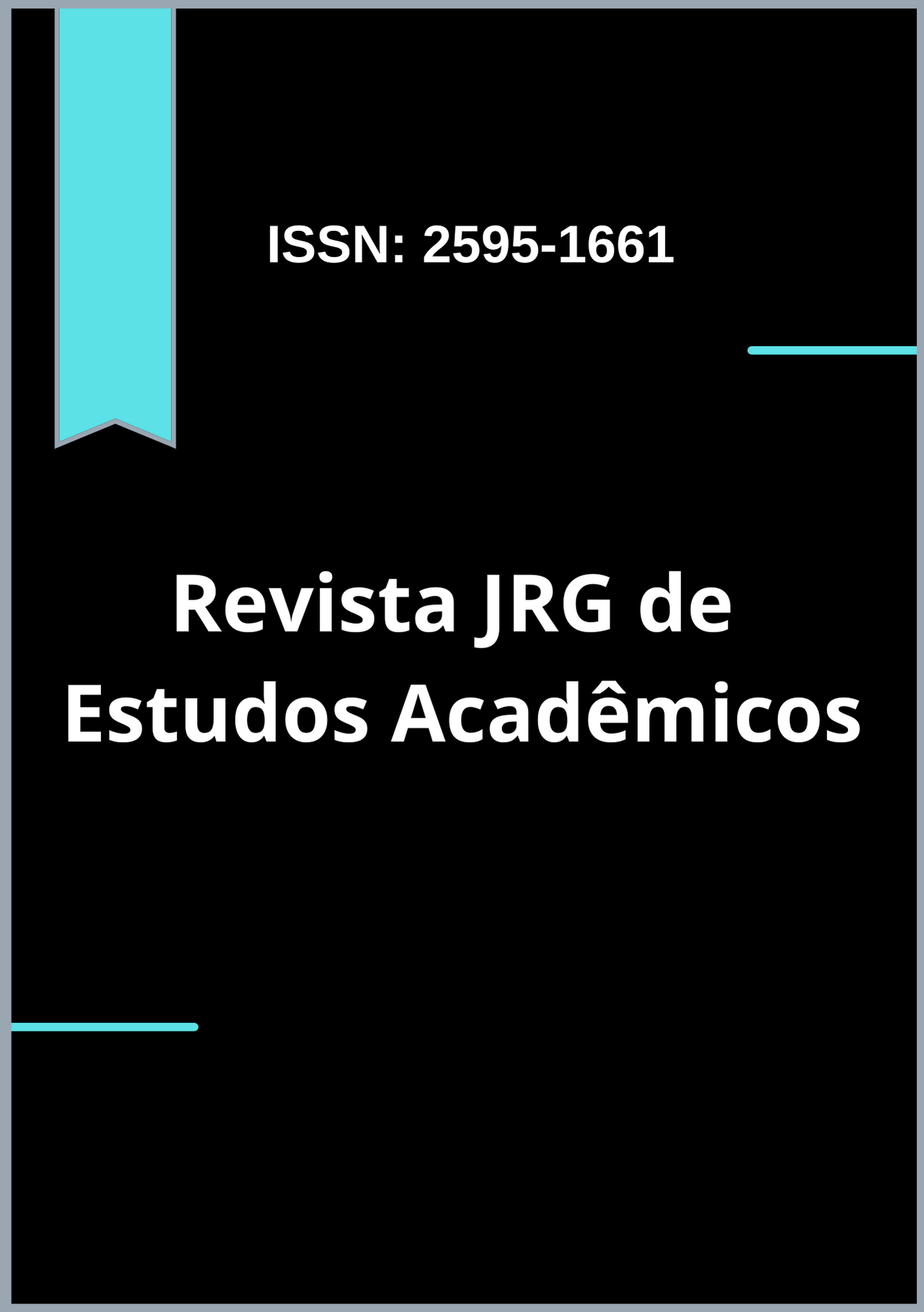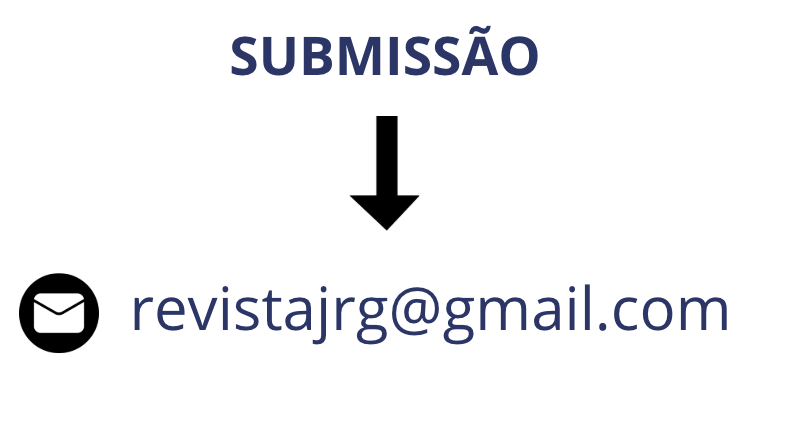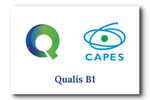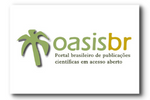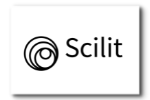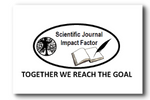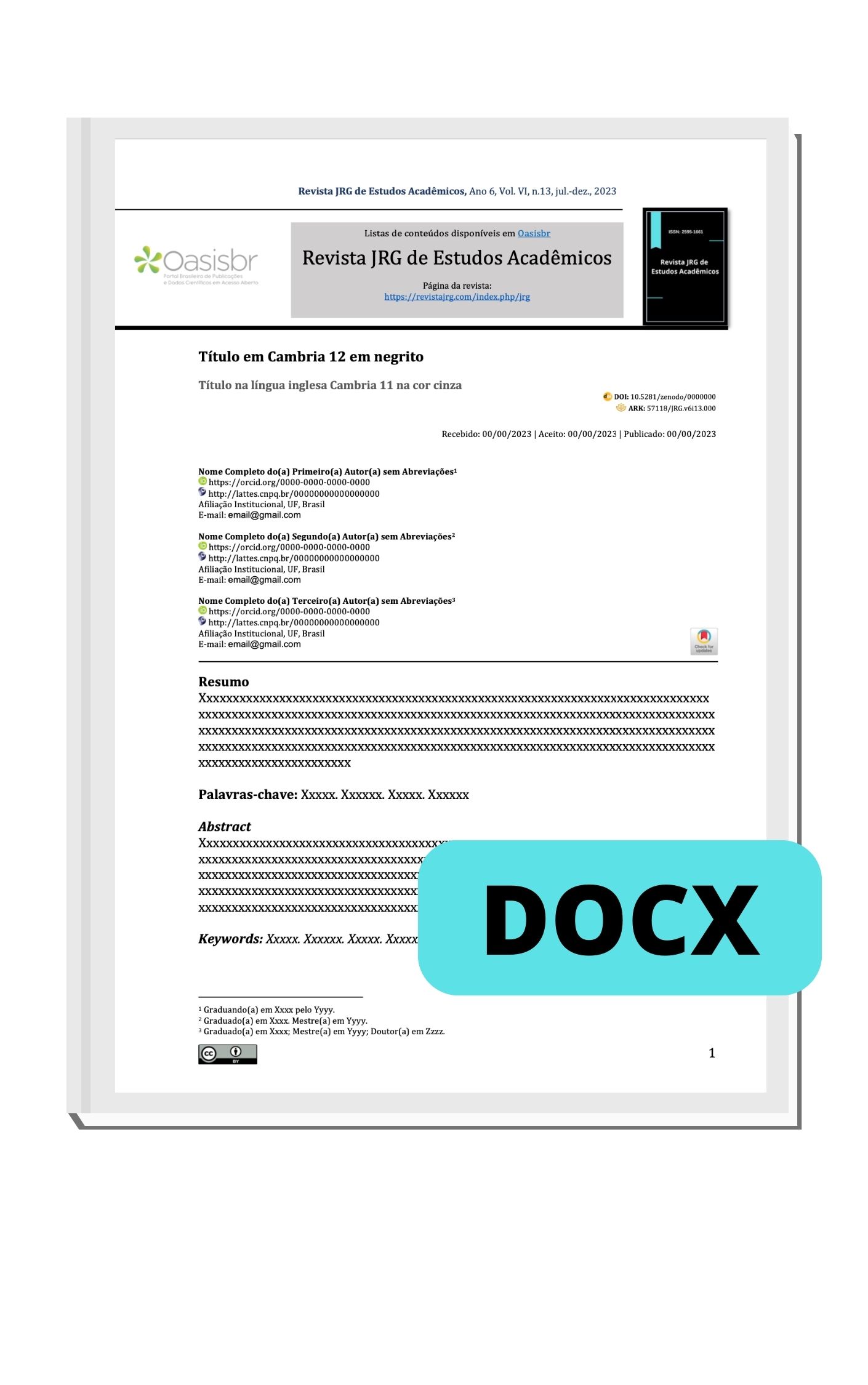Complexity planning comparative approaches
DOI:
https://doi.org/10.5281/zenodo.7411673Palavras-chave:
Administração Pública. Gerenciamento de Projetos Públicos. ComplexidadeResumo
Planning complexity is an underestimated process that uses poor tools and was little discussed as a method in the project management literature. The more complex the human organization the more problems are all over the process. Tools, methods, and theoretical understanding of a complexity plan needed to be evaluated as a whole and they must encompass all human organization and environmental change aspects. The paper explains the theory and the reference tools and, as a result, suggests developing strategies and cooperative decision-making tools before starting planning complexity. The more complex the plan the more stakeholders are needed to decide and cooperate with the planners. It is fallacious to try to shortcut the process needs using digitalization or other cost-saving tools with an expectation of being more efficient. As the complex plan is not easy to define and forecast, the entropy of the system is reached only raising energy or costs to manage all the problems that spread up when the plan starts. It is not a problem of inefficiency and a cause-effect process.
Downloads
Referências
Aveni, A. (2022). NEXTgenerationEU a case of public administration complexity programs: a discussion on tools, stakeholders and law. Revista Juridica da Presi-dencia Brasilia, 25(134).
Buti, M. & Luiss, M. M. (2020). School of European Political Economy, Next Genera-tion eu: An interpretative guide Policy, Brief n. 29/2020.
Demarco, T & Lister, T. (1987). Peopleware: productive projects and teams. Dorset House Publishing, New York, 1987.
Porte, C., & Jensen, M. D. (2021). The next generation EU: An analysis of the di-mensions of conflict behind the deal. Social Policy & Administration, 55(2), 388–402. https://doi.org/10.1111/spol.12709
Dickinson, H., & Yates, S. (2021). From external provision to technological outsourc-ing: Lessons for public sector automation from the outsourcing literature. Public Management Review, 1–19. https://doi.org/10.1080/14719037.2021.1972681
European Commission Centre of Excellence in Project Management (Coepm2). (2018). The PM2 Project Management Methodology Guide. 3.0 Current Edition: The PM2 Guide v3.0.
Directorate-General for Budget (European Commission). (2021). The EU’s 2021-2027 long-term budget and NextGenerationEU: Facts and figures. Publications Of-fice of the European Union. https://data.europa.eu/doi/10.2761/808559
European Commission. (2021). The EU's 2021-2027 long-term Budget and NextGenerationEU: facts and figures. (2021b). Available at: https://op.europa.eu/en/publication-detail/-/publication/d3e77637-a963-11eb-9585-01aa75ed71a1/language-en. Access at 5 Oct. 2022.
Fernandes, G., Moreira, S., Araújo, M., Pinto, E. B., & Machado, R. J. (2018). Project management practices for collaborative university-industry r&d: A hybrid ap-proach. Procedia Computer Science, 138, 805–814. https://doi.org/10.1016/j.procs.2018.10.105
Kurtz, C. F., & Snowden, D. J. (2003). The new dynamics of strategy: Sense-making in a complex and complicated world. IBM Systems Journal, 42(3), 462–483. https://doi.org/10.1147/sj.423.0462
Lowe, T., French, M., Hawkins, M., Hesselgreaves, H., & Wilson, R. (2021). New de-velopment: Responding to complexity in public services—the human learning sys-tems approach. Public Money & Management, 41(7), 573–576. https://doi.org/10.1080/09540962.2020.1832738
Lorenz, E. N. (1972). Predictability: Does the Flap of a Butterfly's Wings in Brazil Set off a Tornado in Texas. American Association for the Advancement of Science, 1972. Available at: https://static.gymportalen.dk/sites/lru.dk/files/lru/132_kap6_lorenz_artikel_the_butterfly_effect.pdf
Mowles, C. (2014). Complex, but not quite complex enough: The turn to the com-plexity sciences in evaluation scholarship. Evaluation, 20(2), 160–175. https://doi.org/10.1177/1356389014527885
Maturana. (1970): Biology of Cognition. http://www.enolagaia.com/M70-80BoC.html.
Organization for Economic Co-Operation and Development, OECD. System ap-proaches public sector challenges: working with change. Available at: http://www.oecd.org/publications/systems-approaches-to-public-sector-challenges9789264279865-en.htm. Access on 10 Jun. 2022.
Project Management Institute PMI. (2013). PMI's Pulse of the Profession In-Depth Report: Navigating Complexity.
Project Management Institute, PMI. (2021). A Guide to the Project Management Body of Knowledge (PMBOK® Guide) – Sixth Edition (English Edition), 6th Project Management Institute.
Rintanen, J. “Constructing Conditional Plans by a Theorem-Prover”. Journal of Arti-ficial Intelligence Research, vol. 10, maio de 1999, p. 323–52. DOI.org (Crossref), https://doi.org/10.1613/jair.591.
Rintanen, J. (2004). The complexity of planning with partial observability. In: Zilber-stein, S., Koehler, J & Koenig, S. (2004). Proceedings of the Fourteenth Internation-al Conference on Automated Planning and Scheduling, ICAPS 2004345–354. AAAI Press. Availalble at: 11 jun. 2022. Available at: https://www.aaai.org/Papers/ICAPS/2004/ICAPS04-041.pdf
Senge P. (1990). The fifth discipline the art and practice of the learning organization 1st ed.
Suryaatmaja, Kevin, et al. “Uncovering the Failure of Agile Framework Implementa-tion Using SSM-Based Action Research”. Palgrave Communications, vol. 6, no 1, janeiro de 2020, p. 8. DOI.org (Crossref), https://doi.org/10.1057/s41599-019-0384-9.
Vidal, Ludovic‐Alexandre, e Franck Marle. “Understanding Project Complexity: Im-plications on Project Management”. Kybernetes, vol. 37, no 8, setembro de 2008, p. 1094–110. DOI.org (Crossref), https://doi.org/10.1108/03684920810884928.
Schooten, R. W. van. Characteristics of Highly Uncertain and Complex Projects. 5 de julho de 2019, https://essay.utwente.nl/78790/
Vogel, I. (2012). Review of the Use of 'theory of change' in International Develop-ment.Review Report, 2012, Department for International Development. Available at: https://www.theoryofchange.org/pdf/DFID_ToC_Review_VogelV7.pdf
Downloads
Publicado
Como Citar
Edição
Seção
ARK
Licença

Este trabalho está licenciado sob uma licença Creative Commons Attribution 4.0 International License.
